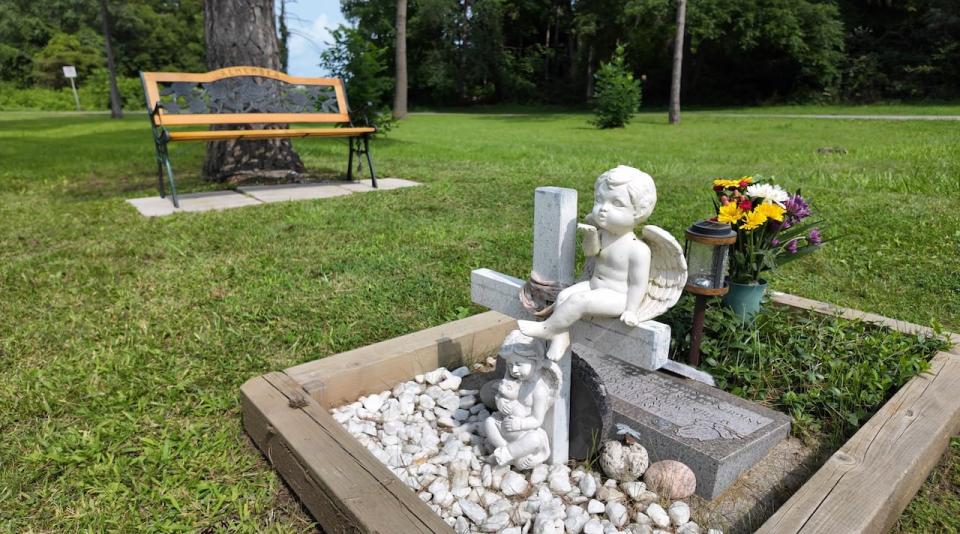


It’s been 19 years since an unidentified body was found at a rest stop off Highway 7 between Rockwood and Guelph.
Until recently, police had no answers as to whose body it was. On Friday, Ontario Provincial Police (OPP) revealed her identity as Tammy Eileen Penner.
They said it was done using sophisticated DNA testing by Texas lab Othram — a forensic lab specializing in genetic genealogy.
Though it was a case that had long remained unsolved, Othram used practically the only DNA technology of its kind to solve a decades-old case like this one.
CEO David Mittleman describes it as a unique system.
“We build technology that allows investigators to get certainty from crime scenes and from these kind of other forensics cases, some of which may involve human remains,” he said.
Using those tools means that Othram can link DNA to anybody.
“Often it’s to identify victims, sometimes it’s to identify suspects to crimes, sometimes it’s both,” he said. “We’re able to access evidence that others have been unable to access in the past. We can get a lot more information.”
Penner was reported missing to the RCMP on Feb. 7, 2005. Before disappearing, she had lived in Chilliwack and Abbotsford, B.C.


A memorial exists at the rest stop where Tammy Penner’s body was found near Guelph, Ont., in 2005. Local community members, including the Rockwood Knights of Columbus, created it and maintained it to remember the woman for years before anyone knew who she was. (Ontario Provincial Police)
In her case, a presumptive identification was made and used to locate Penner’s family members. Eventually, a family member’s DNA was used to confirm Penner’s identity.
Penner’s cause of death is still undetermined but is considered suspicious, OPP Det. Insp. Randy Gaynor told CBC News.
Before her death, it appears she had a broken left cheek, nose and left eye socket, which had healed.
“The investigative genetic genealogy that we’re utilizing, it’s a big advancement in policing to help us solve not only crimes, but just identifying people for their family members,” Gaynor said.
Never too late
Othram is able to identify someone many years later because they work with tools that aren’t normally encountered in consumer DNA testing, like a cheek swab.
“Most DNA testing wasn’t designed with forensics in mind,” said Mittleman.
“In forensics, you usually have very little DNA — the DNA is damaged, it’s degraded, there could be multiple contributors particularly if it’s a crime scene. So you have DNA that is generally not seen in DNA testing, certainly not in consumer DNA. You have to build specialized methods that work in forensics.”
The lab has since solved countless cold cases, including identifying the killer of Christine Jessop, a nine-year old girl who was kidnapped and raped in Queensville, Ont., in 1984.


The school photo of nine-year-old Christine Jessop, who went missing in 1984. Toronto police announced they had solved the cold case in October 2020. (Handout)
They’ve also cracked other high profile Canadian cases, like Gordon Sanderson, or “Septic Tank Sam” — an Indigenous man taken from his family during the Sixties Scoop, who was brutally murdered in Alberta in 1977.
“We were able to connect his DNA profile to a close relative who was still alive,” he said.
Mittleman said that Othram’s method is easily applicable to “everyone, not just someone.”
“It’s inclusive to all cases, inclusive of all kinds of scenarios and circumstances,” he said. “That’s about as close as you can get to justice.”
And no matter how much time has gone by or where an individual originates from, there’s always the possibility to find out more, Mittleman explained.
“I tell people it doesn’t matter what decade the case came from, what geography, the historical origins of the person — everyone has a chance at getting answers.”